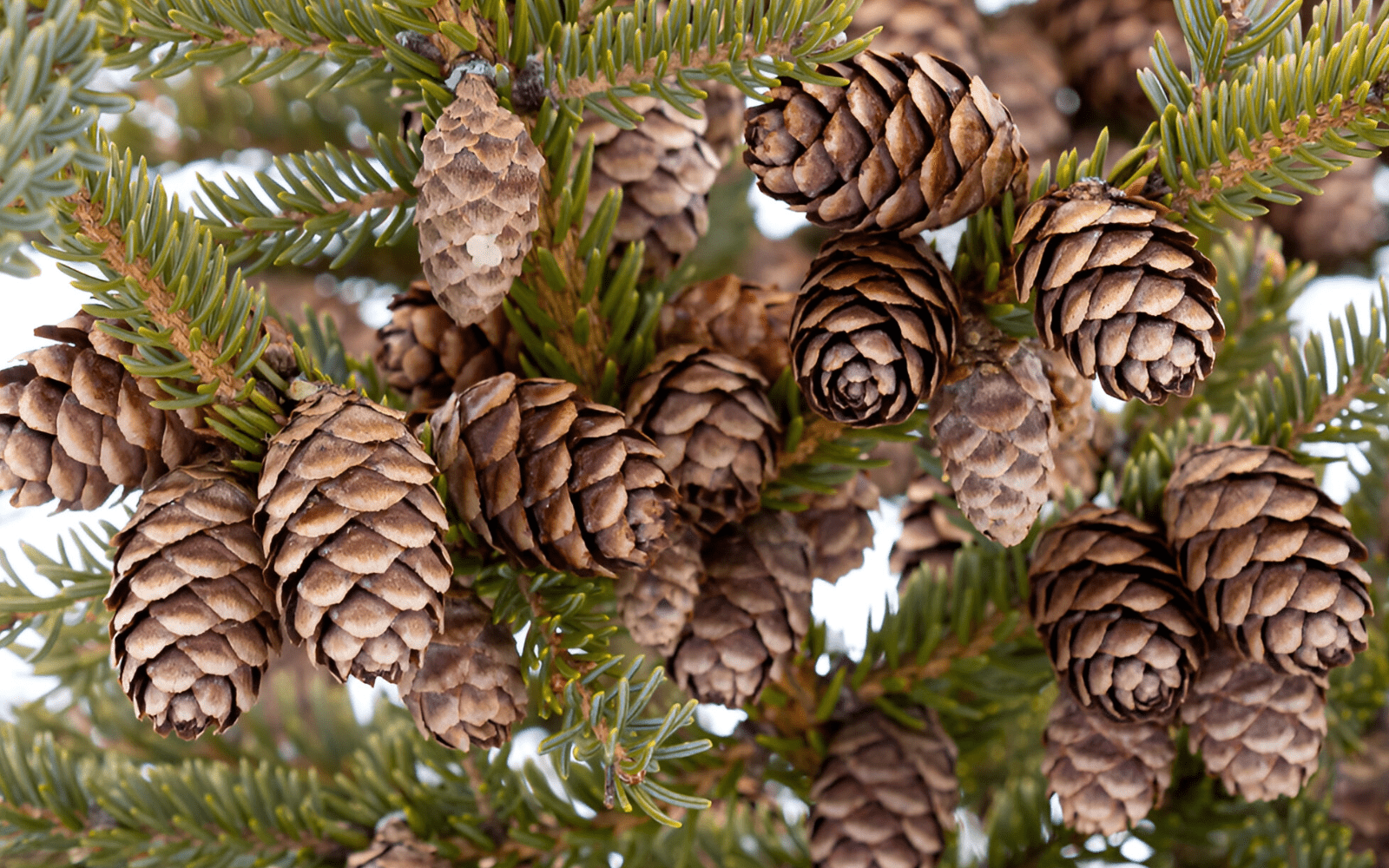
Black Spruce: The Well-Kept Secret of the Boreal Forest
Black spruce, the steadfast sentinel of the boreal forests, is a tree of many wonders. It's a symbol of resilience against harsh winters and a source of unexpected benefits for health and well-being.
What is Black Spruce?
Black spruce is an iconic conifer of the North American boreal forest. Hardy and resilient, black spruce is recognized by its cone shape, distinctive bark, and blue-green needles. It thrives even in the harshest conditions.
Far more than just a tree, black spruce is a cornerstone of the boreal ecosystem. It provides a valuable habitat for numerous animal and plant species, while also being a vital source of resources for the human communities that surround it.
A Taste Adventure: The Unique Flavours of Black Spruce
The taste of black spruce is a unique sensory experience, evoking the wild and authentic flavours of the boreal forest.
Its taste is fresh and resinous, with woody notes, and subtly tangy. Its aromas are reminiscent of boreal forest conifers, with a hint of citrus zest. It's a flavour to be savoured, decoded, and allowed to reveal its subtle nuances and aromatic complexity.
The Scientific Name of Black Spruce: Explanations and Synonyms
The scientific name of black spruce, Picea mariana, tells a fascinating story.
- Picea: This term comes from the Latin pix, meaning "pitch" or "resin." It refers to the resinous nature of the tree, a very noticeable characteristic.
- Mariana: This name pays homage to New France, formerly called Marianas Insulas in honour of Queen Mariana of Austria. It highlights the historical importance of black spruce in North America.
Beyond its scientific name, black spruce has other evocative names:
- Spruce beer or black sapinette: This name recalls its traditional use in making spruce beer, a refreshing and popular beverage.
- Swamp spruce: This name highlights its ability to adapt to the wetlands where it often grows.
The Historical Roots of Black Spruce
Black spruce, a millennial witness of North America, has survived through the ages, resisting ice ages and adapting to climate change. Indigenous peoples, experts in the knowledge of this tree, have benefited from all its aspects for generations.
Black spruce provided Indigenous peoples with food, remedies, and materials for crafting and building. More than just a resource, it was a symbol of strength and a precious gift from nature, essential to their daily lives.
The arrival of Europeans marked a turning point. While the exploitation of its wood for construction and the pulp and paper industry intensified, black spruce also revealed other aspects of its potential. Spruce beer, a fermented drink made from young shoots, became popular, becoming a valuable ally against scurvy (vitamin C deficiency).
Today, black spruce remains a major economic resource, but its value is no longer limited to that. Its ecological and cultural significance is now recognized. Sustainable management of black spruce forests has become a priority, balancing the needs of local communities and the preservation of biodiversity.
Botanical Description and Habitat
What does black spruce look like?
Black spruce is distinguished by its conical and slender silhouette, reaching 15 to 30 meters in height (approximately 50 to 100 feet). Its trunk, thin and straight, is covered with thin, dark greyish-brown, scaly bark.
Its short, drooping branches give it a dense, compact form. The needles, measuring 0.5 to 1.5 cm (approximately 0.2 to 0.6 inches), are quadrangular in cross-section and have a rounded tip. They are arranged in a spiral around the twigs.
The cones are small (1.3 to 3 cm or 0.5 to 1.2 inches), hang downwards, and persist on the tree for many years.
What are the colours of black spruce?
The colours of black spruce are mainly shades of green and brown. Its needles are matte bluish-green, its bark is dark greyish-brown, and its cones are dark red to purple, turning dark purplish-brown.
In spring, the young shoots are a brighter green, creating a pleasant contrast with the rest of the tree.
Where does black spruce grow?
Black spruce abounds in the boreal forest of Quebec and Canada, transcontinental, and into the United States. Its presence is particularly marked in wetlands, peat bogs, and areas where the soil is acidic.
How to Harvest Black Spruce Responsibly
When to pick spruce shoots?
Spring, between mid-May and late June, is the ideal time to harvest black spruce, when its young shoots are most tender and flavourful. For respectful harvesting, gently remove the tips of the branches with scissors or a sharp knife, taking only what you need.
Before harvesting, favour remote public forests and check for restrictions. If you are harvesting on private land, always obtain the owner's permission: a simple step for responsible and sustainable harvesting.
It is essential to never harvest more than one-third of the shoots from the same tree, in order to preserve its growth and vitality. This gentle practice ensures the sustainability of the resource and allows black spruce to continue to thrive.
Black Spruce: Tools to Use for Easy Harvesting
- Scissors or sharp knife: For a clean and precise cut of young shoots.
- Basket or fabric bag: To transport freshly cut shoots, preserving their freshness.
- Gloves: To protect hands from the sticky resin of black spruce.
- Identification guide: To ensure you are harvesting the correct species and avoid confusion.
- Insect repellent: The use of insect repellent is highly recommended to protect against insect bites, particularly common in harvesting areas. If you use a cream repellent, wash your hands thoroughly before handling your harvest to avoid contamination.
Metamorphoses of Black Spruce: Its Various Transformations

Traditional and Artisanal Transformations
- Construction: Black spruce wood is used for building houses, cottages, and other structures.
- Furniture making: The wood can also be used to make rustic and decorative furniture.
- Basketry: Black spruce roots can be used for basketry and making baskets.
- Fire starter: Black spruce resin is highly flammable and can be used as a natural fire starter.
Drying
The most common transformation of black spruce is drying. Generally, the following parts are dried:
- Young shoots: These are the new shoots that appear in the spring. They are tender and are often used to make infusions, syrups, or to flavor dishes. Drying allows them to be preserved longer and used out of season.
- Needles: Needles can be dried and used to make infusions, scented sachets, or ground into powder to serve as spices.
- Cones: Although less common, some use dried black spruce cones for their medicinal or aromatic properties.
To prevent rapid deterioration of the shoots after harvesting, transformation should be immediate. It is also possible to freeze fresh shoots in an airtight or vacuum-sealed container for later use. For optimal quality, it is advisable to use them within six months of freezing.
How to Dry Black Spruce?
Drying your own black spruce shoots is easy. Follow these simple steps to enjoy their unique flavor:
-
Harvest young shoots in the spring.
-
Dry them by spreading them out on a rack or clean cloth in a dry, airy place away from direct sunlight.
-
Turn the shoots regularly.
-
Drying can take from a few days to a few weeks. Shoots are dry when they are brittle.
-
Store dried shoots in an airtight container.
Essential Elements for Quality Black Spruce
To fully enjoy the flavors and benefits of black spruce, here are the key elements to consider:
- Harvest season: Spring harvesting is preferred because young shoots are more tender and fragrant. Smaller shoots will offer a more concentrated and refined taste, while more mature shoots will have a gradually more resinous flavor.
- Terroir: Soil, climate, and exposure influence the taste and aroma of black spruce.
- Drying method: Opt for slow drying at low temperature to preserve flavors and nutrients.
- Storage: Ensure the product is stored in a cool place, in an airtight glass or metal container, dry and protected from light.
Pay attention to the following elements, which can harm the quality of black spruce:
- Late harvest: Shoots become tough and bitter with time.
- Rapid drying or drying at high temperature: Late transformation after harvesting can lead to loss of flavor and nutrients, as well as discoloration or yellowing of shoots, signs of inferior quality.
- Inadequate storage: Humidity and heat promote mold growth and loss of flavor.
- Presence of contaminants: Shoots can be contaminated by pesticides, heavy metals, or other toxic substances. It is essential to ensure the absence of factories and mines near the harvesting site and to know the history of the chosen land.
In summary, choose black spruce from a spring harvest, carefully dried, and stored in optimal conditions for an incomparable taste and beneficial experience.
Recommendations for Properly Storing Black Spruce
How to Store Black Spruce?
For optimal storage, follow these simple tips:
-
Storage: Store dried black spruce in an airtight container (like a Mason jar), in a cool, dry place away from light.
-
Protection against humidity: Add a silica gel packet to absorb moisture if necessary.
-
Protection against heat: Avoid storing near a heat source.
-
Protection against odors: Avoid storing near highly fragrant foods or spices.
How Long Can You Keep Black Spruce?
If stored under optimal conditions, dried black spruce can be kept for several years while retaining some of its taste and aromatic properties.
However, for the best experience, consume it within 12 to 18 months of harvesting to enjoy its full flavor and benefits.
The Hidden Powers of Black Spruce: Traditional Uses and Therapeutic Virtues
Indigenous peoples used black spruce in various ways:
-
Food: Young shoots were eaten raw, cooked, or infused.
-
Medicine: Shoots, bark, and resin were used to treat various ailments.
-
Crafts: Roots were used to make ropes and baskets. Resin was used to seal canoes.
What were the culinary uses of black spruce?
-
Infusions: Young shoots were infused in hot water.
-
Condiment: Shoots were used to flavor dishes.
-
Ingredient: Shoots were incorporated into traditional recipes, such as spruce beer.
The Religious or Spiritual Use of Black Spruce
Although black spruce does not hold a central place in structured religious rituals, it was often considered a sacred tree by several Indigenous nations, a symbol of strength, resilience, and connection to nature.
The Cultural Importance of Black Spruce
Black spruce occupies an important place in the culture of boreal regions. It is associated with the identity, history, and way of life of communities that live in harmony with the forest.The Health Benefits of Black Spruce
What are the benefits of black spruce?
Breathe deeply
Black spruce, your respiratory ally! It helps decongest the airways, soothe coughs, and ease breathing in case of colds, bronchitis, or sinusitis. Say goodbye to stuffy noses and rediscover the pleasure of smooth, deep breathing.
Boost your energy naturally
Feeling tired? Black spruce is here to lend a hand! Its richness in vitamin C and tonic compounds stimulates your body, improves concentration, and helps you fight fatigue. A natural pick-me-up to face your days with vitality.
Protect your body from aggressions
Black spruce, an antioxidant shield! It is full of powerful antioxidants that help neutralize free radicals, protect your cells from premature aging, and strengthen your immune system. Natural protection for optimal health.
Relieve your pain naturally
Black spruce, a natural pain reliever! Its anti-inflammatory properties soothe muscle and joint pain, help relieve rheumatism, and improve your daily comfort. A natural solution to regain mobility and well-being.
Stock up on vitamin C
Black spruce, a source of vitamin C! It provides you with an interesting dose of this essential vitamin to strengthen your immunity, promote collagen production, and improve iron absorption. A valuable ally for ironclad health.
Soothe your mind and relax
Black spruce, a haven of peace! Its resinous and woody scent promotes relaxation, reduces stress and anxiety, and invites you to deep relaxation. Create a zen atmosphere and recharge your batteries thanks to its soothing virtues.
Black Spruce: How to Use it Daily to Improve Your Well-being?
Aromatherapy: Black Spruce Essential Oil
Black spruce essential oil offers great versatility of use, making it easy to integrate into your wellness routine. Here are some popular methods to enjoy its many benefits:
Atmospheric Diffusion
Diffuse a few drops of black spruce essential oil in an aroma diffuser to purify the air and create a relaxing atmosphere, ideal for meditation or relaxation.
Inhalation
For quick relief of the respiratory tract, inhale a few drops of essential oil directly onto a tissue or in a bowl of hot water (steam inhalation).
Therapeutic Massage
Dilute a few drops of black spruce essential oil in a vegetable oil (sweet almond, jojoba, etc.) and gently massage tense areas to soothe muscle and joint pain. This method also promotes blood and lymphatic circulation.
Aromatic Bath
For a deeply relaxing bath, pour a few drops of essential oil previously diluted in a neutral base (Epsom salt, neutral shower gel, vegetable oil) into hot bathwater. The heat will optimize the absorption of active ingredients through your skin. Fancy a complete treatment? Try our bath salt enriched with its shoots and essential oil.
Whatever method of use is chosen, black spruce essential oil will envelop you with its resinous and woody scent, both stimulating and soothing. This unique fragrance creates an atmosphere conducive to relaxation, serenity, and rejuvenation.
Black Spruce Tea
Breathe, relax, and recharge your vitality with black spruce tea.
How to infuse black spruce into tea?
Ingredients:
-
1 to 2 teaspoons of dried young black spruce shoots per cup
-
Hot water (approximately 85-95°C or 185-205°F)
Instructions:
-
Place the young shoots in a cup or teapot.
-
Pour hot water over the shoots.
-
Let steep for 10 to 15 minutes.
-
Strain and enjoy.
Personalization (optional):
Add a touch of honey or maple syrup to sweeten. Add a slice of lemon for a tangy note. Experiment with other boreal herbs (e.g., Labrador tea) to vary flavours.
Black Spruce in Cooking
Dare to use black spruce, a boreal treasure with unique flavours, and transform your dishes into culinary experiences! Imagine: young, tender, and fragrant shoots, crunchy in salads or delicately placed on grilled fish. Their woody aroma enhances meats and brings a touch of originality to your creations.
Looking for comforting dishes? Incorporate dried shoots (whole or ground) into your stews, sauces, and marinades for an authentic flavour. They are used as easily as rosemary! For even more practical use, a light pass in a mortar, a quick hand-rubbing to crumble them, or a turn in a spice/coffee grinder will give you a powder ready to enhance all your culinary creations.
But that's not all! The inner bark (cambium), although less common in modern cuisine, reveals a subtle fragrance that can enhance game and flavour your marinades with incomparable delicacy (more traditional or experimental use). Black spruce, much more than an ingredient, is an invitation to explore the flavours of the forest.
Need inspiration? Here are some recipe ideas based on black spruce:
-
Boreal Fresh Salad
Mixture of fresh young black spruce shoots (in moderation), berries, local cheese, and a light maple syrup vinaigrette. -
Grilled Salmon with Black Spruce Shoots
Salmon fillet marinated with oil, lemon, and ground black spruce shoots, grilled to perfection. -
Game Stew with Black Spruce
Venison or moose stew flavoured with dried black spruce shoots, for a warm and comforting dish. -
Forest Marinade
Mixture of olive oil, balsamic vinegar, crushed spruce shoots, garlic, and wild herbs, ideal for marinating red meat or chicken before cooking. -
Iced Tea
Cooled black spruce infusion, served with ice cubes and a slice of citrus fruit for a refreshing and original drink. -
Black Spruce Infused Panna Cotta
A classic Italian dessert revisited with a subtle and surprising forest touch. -
Flavoured Salt
Mix dried and ground black spruce shoots with coarse sea salt.
Tips for Using Black Spruce and Essential Precautions
Black spruce holds many benefits for your health and well-being, but like any active ingredient, it is important to use it wisely. Here is a practical guide to fully enjoy its benefits safely, taking into account your needs and personal situation.
What time of day should you consume black spruce?
Black spruce tea can be enjoyed at any time of the day, according to your preferences. For a morning boost or after lunch, enjoy it hot. For a relaxing evening break, enjoy it lukewarm. Dishes based on black spruce, for their part, naturally fit into your main meals.
How much black spruce should you consume?
As with everything, moderation is key. The amount of black spruce to consume depends on several factors, such as the form (tea, powder, essential oil), your personal sensitivity, and your goals.
- Tea: Start with one cup a day and observe how your body reacts. 1 to 2 cups a day is generally considered reasonable for most adults.
- Cooking: Use it like a spice, starting with small amounts so as not to mask other flavours.
- Essential Oil: Strictly adhere to the recommended dosages for each method of use (diffusion, massage, etc.) and always dilute it before skin application.
Always start with small doses and increase gradually if necessary, remaining attentive to your body's reactions.
Important Warnings: Avoid Excesses and Consult a Professional
Although black spruce is generally considered safe when consumed in food amounts or in moderate tea, it is essential to avoid excessive consumption, which could lead to undesirable effects (although rare). Essential oil requires more precautions.
If in doubt, or if you wish to use it for specific therapeutic purposes, do not hesitate to seek advice from a qualified health professional (doctor, pharmacist, certified naturopath, accredited herbalist therapist), who can provide you with personalized recommendations.
At-Risk Populations: Caution and Medical Consultation
As a precaution, certain populations should exercise caution and consult a doctor or health professional before consuming black spruce regularly or in concentrated form (especially essential oil):
- Pregnant and breastfeeding women: Due to the lack of sufficient data on the safety of black spruce (especially essential oil) during pregnancy and breastfeeding, it is best to refrain from using it or seek formal medical advice. Occasional consumption in tea is generally considered less risky, but caution is still advised.
- Young children: Internal use of essential oil is not recommended for young children. For tea, seek the advice of a health professional.
- People taking medications: Black spruce could theoretically interact with certain medications (e.g., anticoagulants, blood pressure medications). It is important to consult a health professional to avoid any risk of interaction if you are on chronic medication.
- People with specific health problems: In case of pre-existing health problems, such as kidney or liver disorders, or known allergies to conifers, it is best to seek medical advice before consuming black spruce.
Conclusion: Black Spruce, a Treasure to Preserve
Black spruce, an emblematic tree of the boreal forest, offers a multitude of health benefits, unique culinary uses, and real potential for well-being. To fully enjoy its virtues, prioritize products from sustainable and environmentally friendly harvests.
Choose products from responsible wild harvesting or organic certifications when available, and support local producers who value this precious resource. By opting for environmentally friendly black spruce, you are participating in the preservation of the biodiversity of the boreal forest.
Discover our Floèm products, harvested with care and respect for nature, and let yourself be captivated by the authenticity of this remarkable plant!
Quebec's boreal forest is home to plenty of other botanical treasures! Explore our blog to uncover the fascinating secrets and benefits of other wild plants from Quebec.
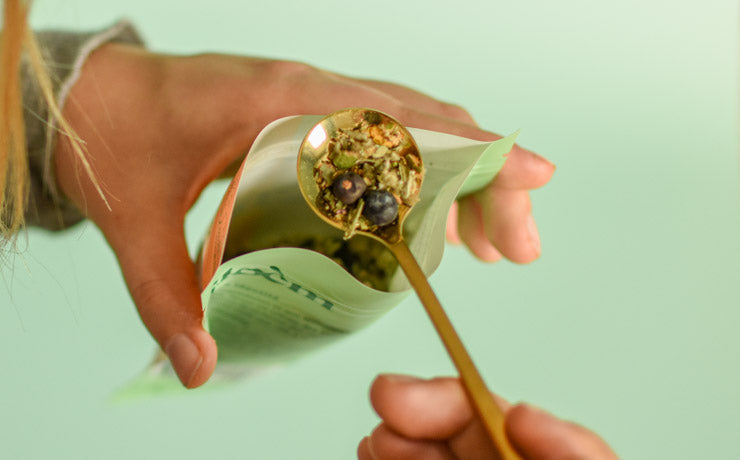
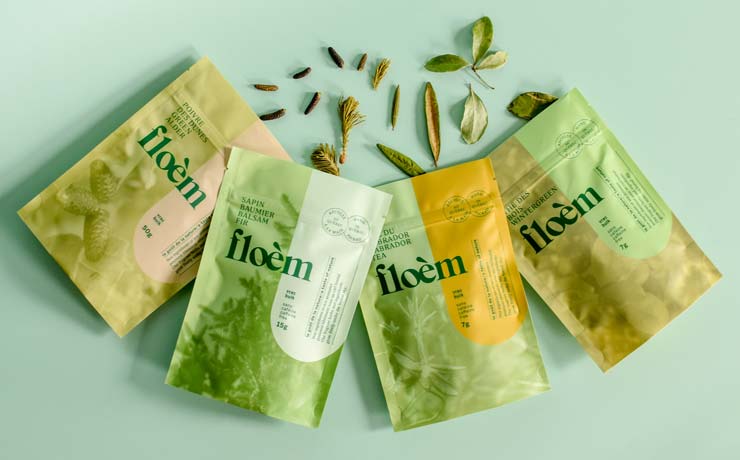
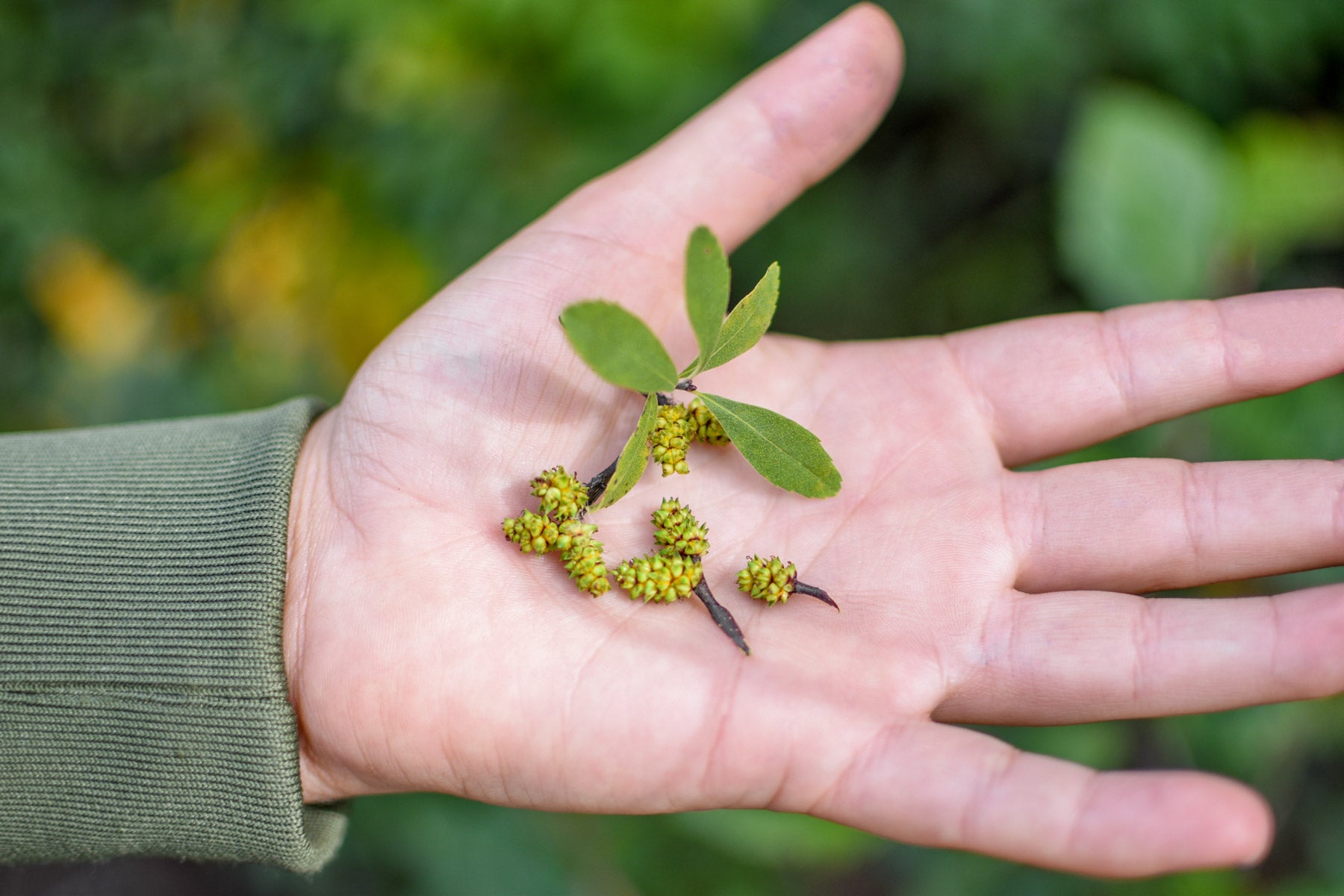

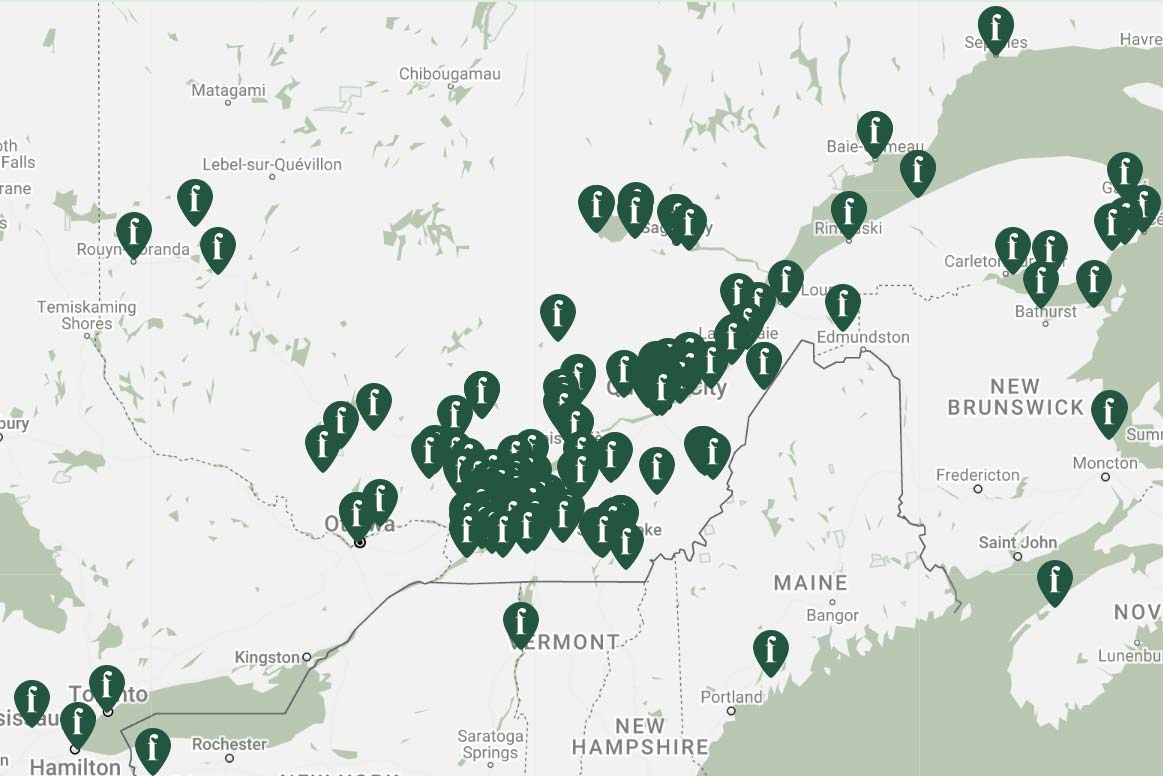








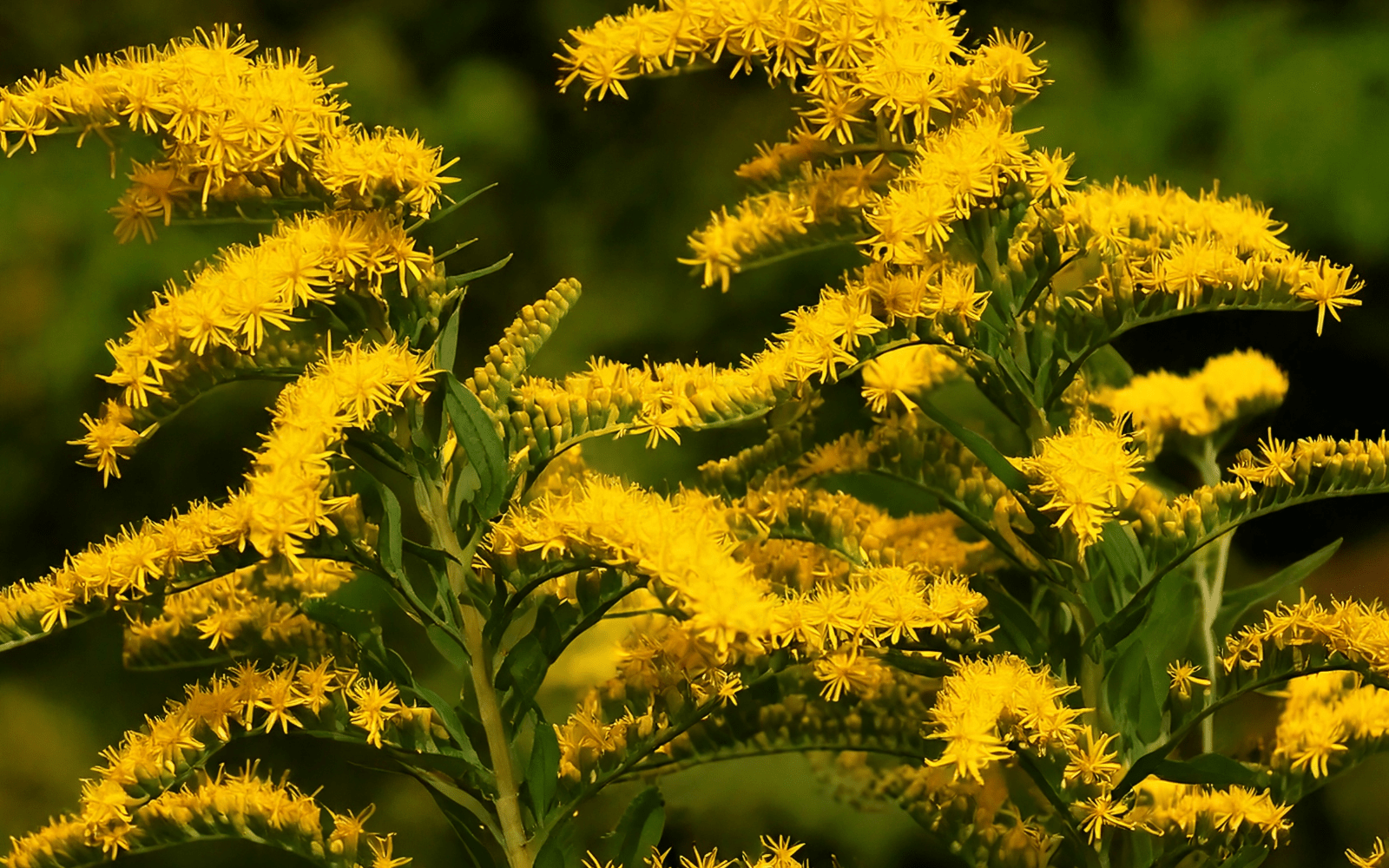

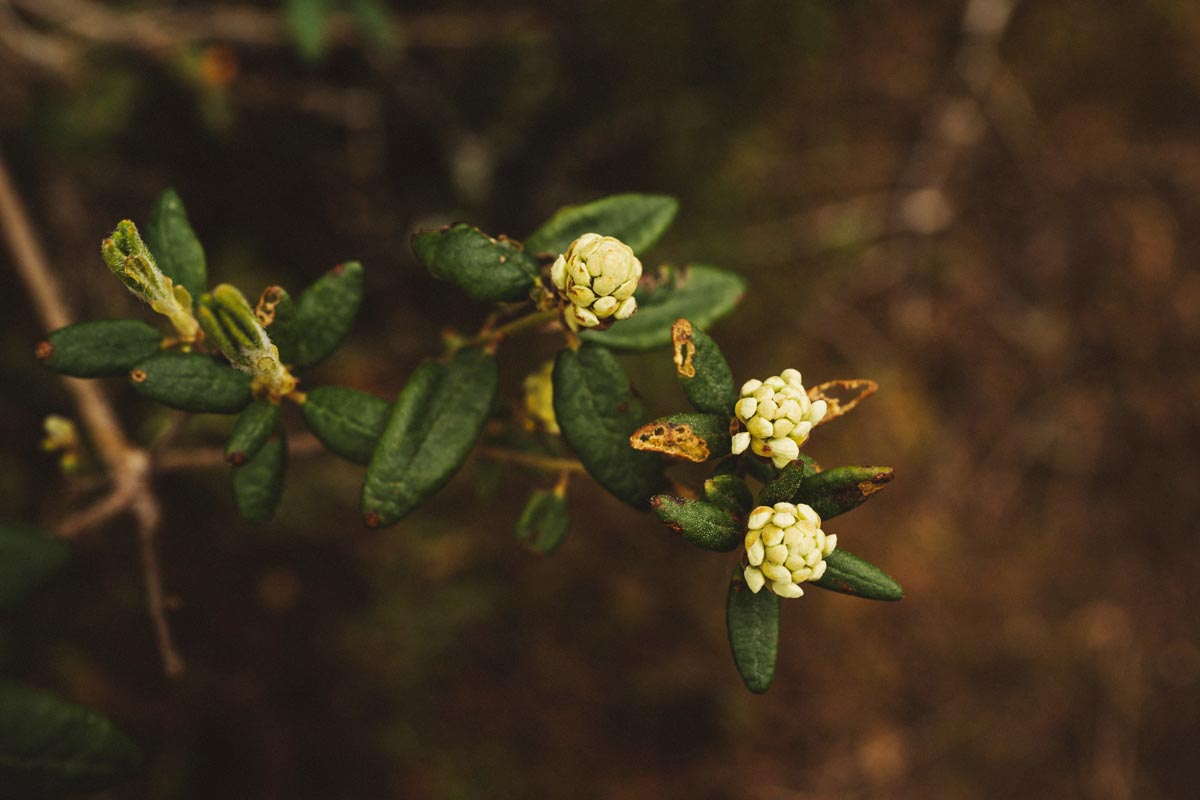
Leave a comment
This site is protected by hCaptcha and the hCaptcha Privacy Policy and Terms of Service apply.